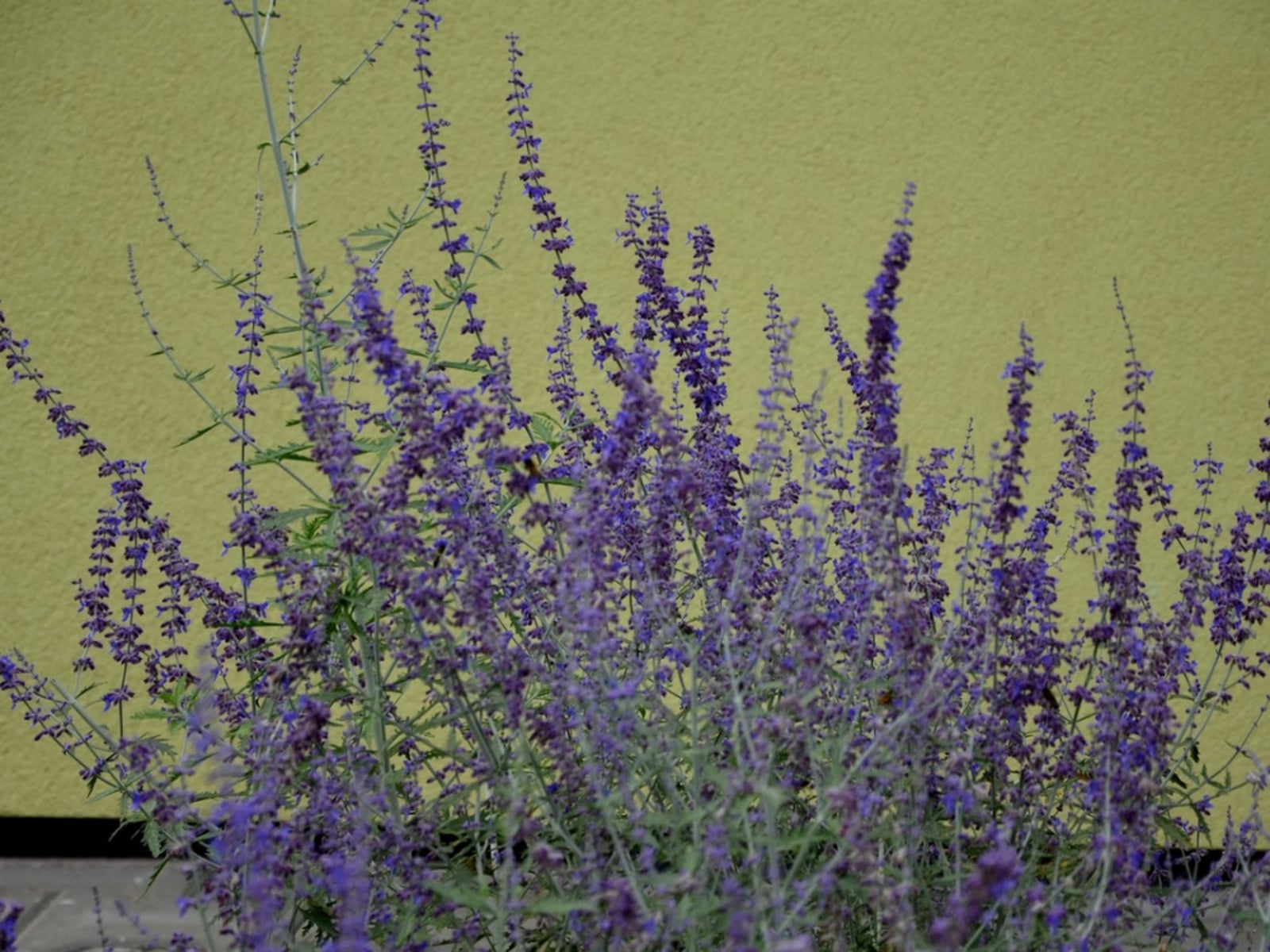Goodwin Creek Grey Lavender Info – A Guide To Goodwin Creek Grey Care


Lavender is one of the most highly prized aromatic plants in the world, and for good reason. (It’s a personal favorite of mine). While “lavender” is usually considered to be a universal scent, there are actually many different varieties, each with its own unique qualities. One of these is the lavender ‘Goodwin Creek Grey’ cultivar. Keep reading to learn more about growing Goodwin Creek Grey lavender and Goodwin Creek Grey care.
Goodwin Creek Grey Lavender Info
Goodwin Creek Grey lavender plants (Lavandula ‘Goodwin Creek Grey’) are known for their attractive silver to gray foliage and for their relatively short spikes of deep purple to blue flowers. The plants tend to reach 2 feet (61 cm.) without flowers and 3 feet (91 cm.) with flowers. While it is difficult to grow lavender indoors, largely because it can so easily fall victim to humidity and fungus, this variety tends to fare better inside than most. When growing Goodwin Creek Grey lavender indoors, make sure to plant it in well-draining soil and to give it lots of light. At the very least, it should be placed in a bright window that receives six to eight hours of sunlight per day. Alternatively, it can be grown under artificial lights.
Goodwin Creek Grey Care
Growing Goodwin Creek Grey lavender is very similar to growing other lavender varieties, with a few exceptions. As mentioned above, it is a bit more amenable to being grown in pots indoors. It is also a little more heat resistant than other lavenders. It is very drought tolerant and does not need to be watered regularly. It should be planted in well-draining, sandy soil in a spot that receives full sun. After flower stems have faded, cut them off at the base. The whole plant can be cut back after all flowers have faded to maintain a compact, dense shape.
Sign up for the Gardening Know How newsletter today and receive a free copy of our e-book "How to Grow Delicious Tomatoes".

The only child of a horticulturist and an English teacher, Liz Baessler was destined to become a gardening editor. She has been with Gardening Know how since 2015, and a Senior Editor since 2020. She holds a BA in English from Brandeis University and an MA in English from the University of Geneva, Switzerland. After years of gardening in containers and community garden plots, she finally has a backyard of her own, which she is systematically filling with vegetables and flowers.